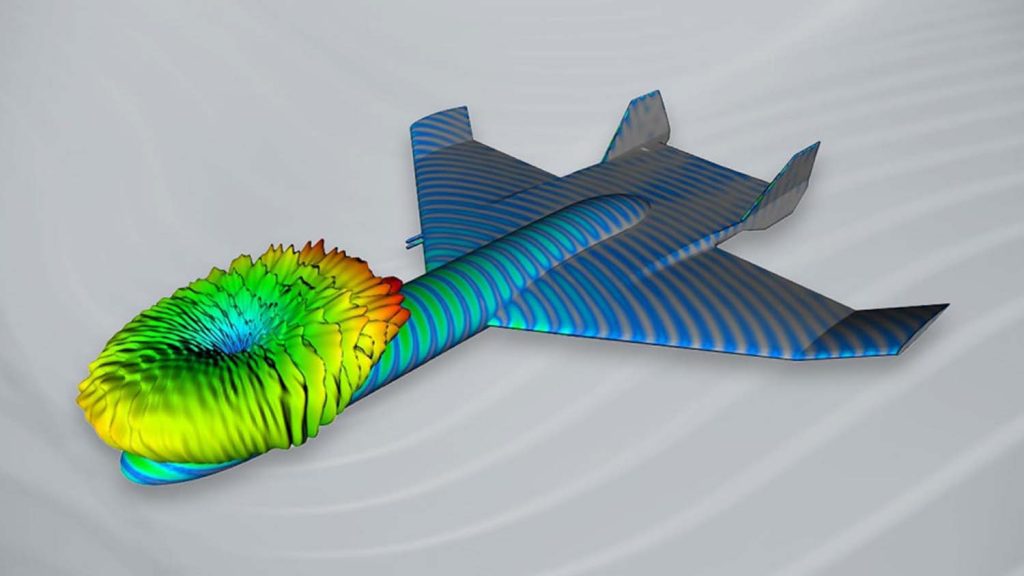Beta CAE v23 has launched with an expansive list of highlights for simulation and analysis, including some impressive sounding performance enhancements for its meshing capabilities.
The company says that the unification of TOPO and MESH functionality in Beta CAE v23 provides an extraordinary boost to the average user as geometry and mesh are completely manipulated from one toolset.
This has been supplemented by the redesign of common functions, with modern neat look-and-feel, common GUI, unified functions, as well as by the addition of new dedicated toolsets for the designer or the analyst.
In the mesh area in particular, significant enhancements have taken place for both structural and CFD disciplines.
Such enhancements for the structural discipline includes, the enhanced solid mesh algorithm that can generate high-quality mesh in a redesigned GUI and with direct control of the simplification level. Automated ‘HexaBlock’ generation for tubular shapes is now possible, while embedded clips FE representations can be automatically realised, connected, and stored in DM, through Feature Manager and Casting.
For CFD, Beta CAE claims an impressive acceleration of 50 per cent has taken place for batch meshing, particularly in mixed type meshing.
Further improvements have taken place in anisotropic meshing of leading edges, whereas a special treatment for Layers’ Thin Area provides meshed thin regions of volumes using prism and hexa elements.
Performance is said to have increased up to 7 times in graphics performance, which Beta CAE says has resulted in up to 50 per cent acceleration of Model Navigation on models with geometry.
In v23, the user performance boost has been developed to have a positive effect even on daily tasks and processes. For example, in the Database Browser of Beta CAE v23 the categories have been restructured, connection drawing and selection/deselection methods have been enhanced, and the direct job submission enables the monitoring and error handling for Abaqus, Pam-Crash and LS-DYNA.
As for the performance boost in post-processing, the reading of Pam-Crash ERF files has been significantly speeded-up, in some instances up to 10-times performance improvement has been achieved in Part/Group distances and separation plots.
Furthermore, expanding post-processing capabilities to electro-related areas, such as electronics, electromagnetics and electrochemistry, and extending META support to more solver and result files, such as AdventureCluster, broaden the analysis fields spectrum even more.
A swathe of new tools and features have been integrated in the Crash & Safety area, with Human Body Models articulation adding extended support of GHBMC, THUMS, and VIVA+ families. Also, a new Bicycle Configurator tool targets to the configuration of the main dimensions and the pedals’ position of a bicycle model, while setting up the HBM cyclist loadcase.
A new direct functionality has also been added in the Seatbelt tool, to locally modify the shape of the belt. All these come along with the new protocols that are now supported by the Pedestrian Tool, such as GBT 24550, JNCAP 2019, C-IASI.
Placing the focus on Durability, pretension and contacts are automatically generated on beams in Connection Manager through Bolt On Solid representation, followed by the definition of appropriate steps and loading conditions for Abaqus, Ansys, Nastran NX and Pam-Crash. In a similar manner, a stepwise assistant for the automatic generation of all possible pretensions has been added for Marc solver, including the definition of the respective keywords and the functionality to generate the appropriate contacts around bolts.
Interactive processes are gaining ground in Morphing, aiming in easy, patch-style reinforcement generation, efficient morphing with pinned ends and effortless member creation with multiple Design options.
In CFD, shockwaves can be detected and visualised through Schlieren Field result. Volume of droplets formed by SPH particles or isofunctions can be identified and further calculated and the number of Flow Paths can be defined in S and T direction.
Moreover, constantly providing access to 3rd party data management servers, such as ASAM ODS, geometry and 3D results are now successfully loaded in META.
Updates to License Manager compatibility mean that starting from v23 onwards, the Beta LM v7 is a prerequisite for running any Beta Software Suite Product.






